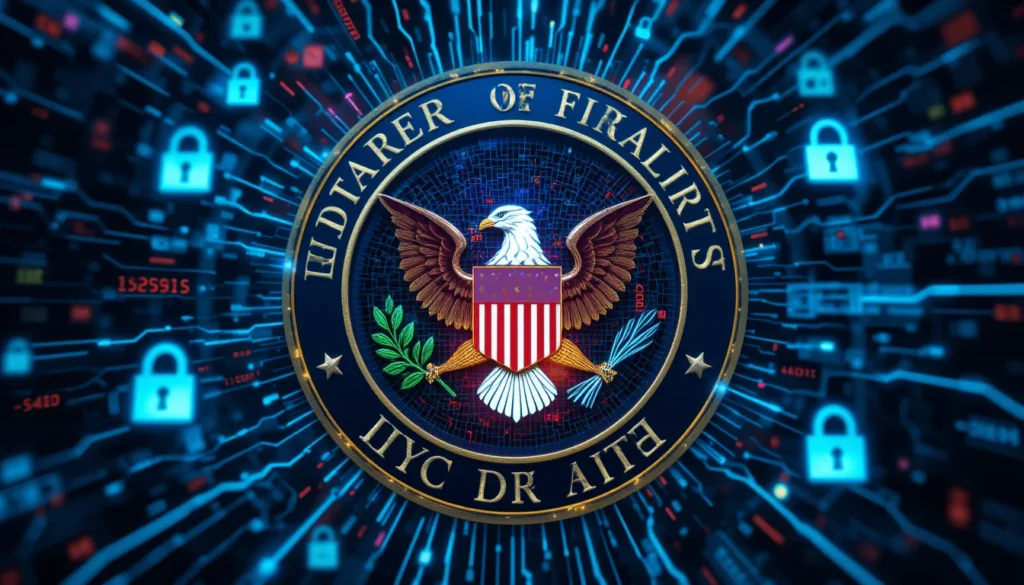Overview
The U.S. Department of Homeland Security (DHS) has issued a National Terrorism Advisory System (NTAS) cybersecurity alert amid growing concerns about Iranian state-sponsored cyber retaliation. Triggered by recent geopolitical escalations in the Middle East, this alert highlights the increasing threat to U.S. critical infrastructure, government entities, and private-sector networks.
Key Facts
- Date of Alert: June 24, 2025
- Issuing Agency: Department of Homeland Security (DHS)
- Threat Focus: Cyber retaliation by Iranian state-backed actors
- Potential Targets: Financial systems, utilities, energy infrastructure, government IT assets
- NTAS Alert Level: Elevated risk
- Primary Concerns: Spear-phishing, DDoS, destructive malware, zero-day exploits
What’s Verified and What’s Still Unclear
Verified:
- DHS officially issued the NTAS bulletin warning of elevated cyber threats.
- U.S. intelligence confirms increased chatter among Iranian threat actors.
- Organizations in the energy and finance sectors have already been warned to implement proactive security measures.
Unclear:
- Whether any attacks are imminent or already underway.
- The specific methods or malware variants likely to be used.
- If this NTAS alert will be followed by executive orders or mandatory federal actions.
Timeline of Events
- June 18, 2025: A U.S. airstrike eliminates a top Iranian Quds Force commander.
- June 20, 2025: Cybersecurity agencies notice an increase in reconnaissance activity from Iranian IP addresses.
- June 22, 2025: Reports of phishing attempts targeting U.S. utilities.
- June 24, 2025: DHS issues NTAS cybersecurity alert highlighting an elevated threat of cyber retaliation from Iran.
Who’s Behind It?
U.S. intelligence attributes the increased cyber threat to Iranian state-sponsored groups, particularly APT33 (Elfin) and APT34 (OilRig). These actors have previously been linked to critical infrastructure attacks and credential harvesting operations across the U.S. and Middle East. Their modus operandi often involves spear-phishing, custom backdoors, and the use of wipers like Shamoon.
Public & Industry Response
Public Reaction: General concern and confusion due to lack of technical details.
Industry Response:
- Major banks have increased endpoint monitoring.
- Utility companies initiated tabletop incident response exercises.
- Cybersecurity vendors reported a spike in demand for threat intelligence and Iranian IOCs (Indicators of Compromise).
- CISA published mitigation advice specific to APT33 & APT34 TTPs.
What Makes This Unique?
This is the first NTAS alert in 2025 focused solely on cyber retaliation, signaling a significant shift in how cyber threats are treated as national terrorism risks. The specificity around Iranian threat actors and the focus on potential retaliatory digital warfare raises the stakes for public-private sector collaboration.
Understanding the Basics
What is NTAS?
The National Terrorism Advisory System (NTAS) is a public warning mechanism used by DHS to inform citizens and organizations about credible threats to homeland security. While traditionally used for physical threats, its scope now includes cyber threats due to the evolving nature of national security risks.
What Are APTs?
Advanced Persistent Threats (APTs) are state-sponsored hacking groups with substantial resources. Iranian APTs are known for targeting oil and gas industries, as well as geopolitical adversaries through digital infiltration.
What Happens Next?
- DHS & CISA will likely publish ongoing threat updates and actionable guidance.
- Organizations are expected to update detection and response protocols immediately.
- The Biden administration may issue targeted sanctions or cyber countermeasures depending on the threat trajectory.
- International allies are on alert, especially those hosting U.S. military or digital assets.
Summary
The DHS NTAS cybersecurity alert tied to Iranian cyber retaliation concerns marks a turning point in national threat communications. As state-backed cyberattacks escalate alongside geopolitical tensions, organizations across all sectors must remain vigilant. Proactive threat hunting, real-time monitoring, and employee awareness are essential in reducing the cyber blast radius. Whether this alert results in tangible attacks or serves as a deterrent, its issuance underscores the rising fusion of cyber warfare and national terrorism strategy.
